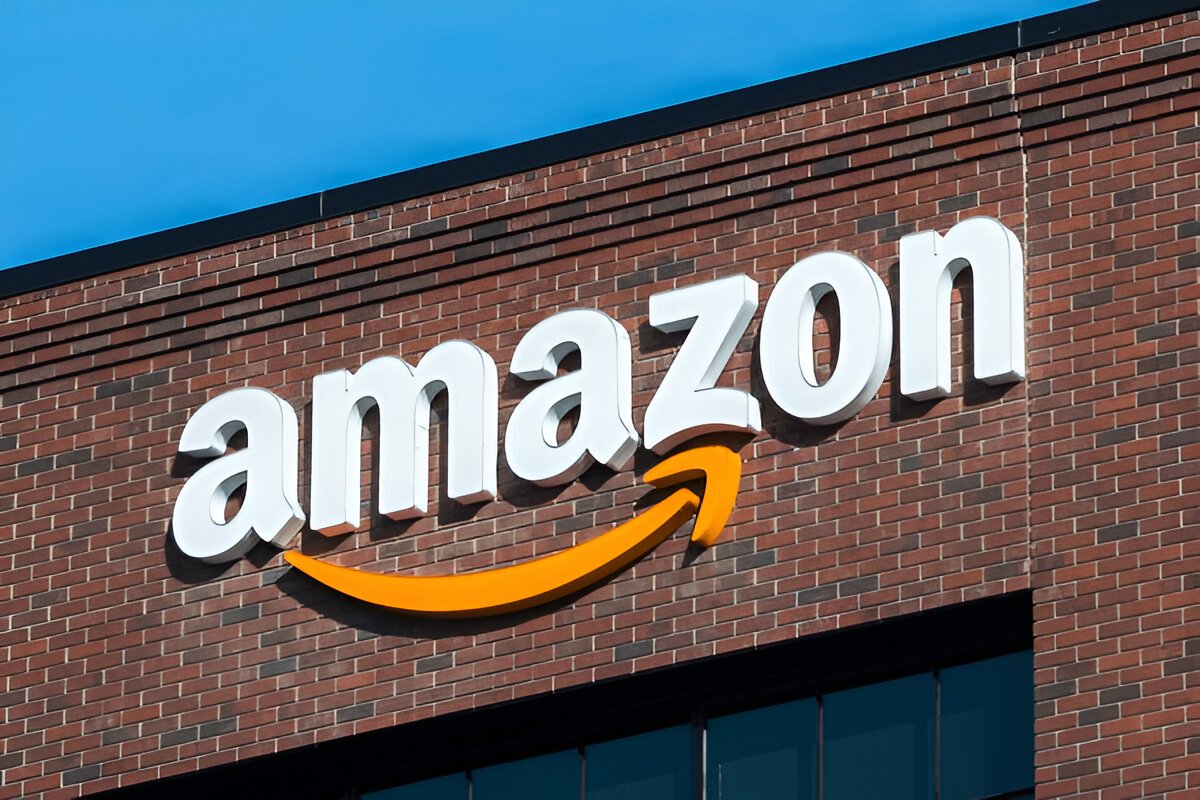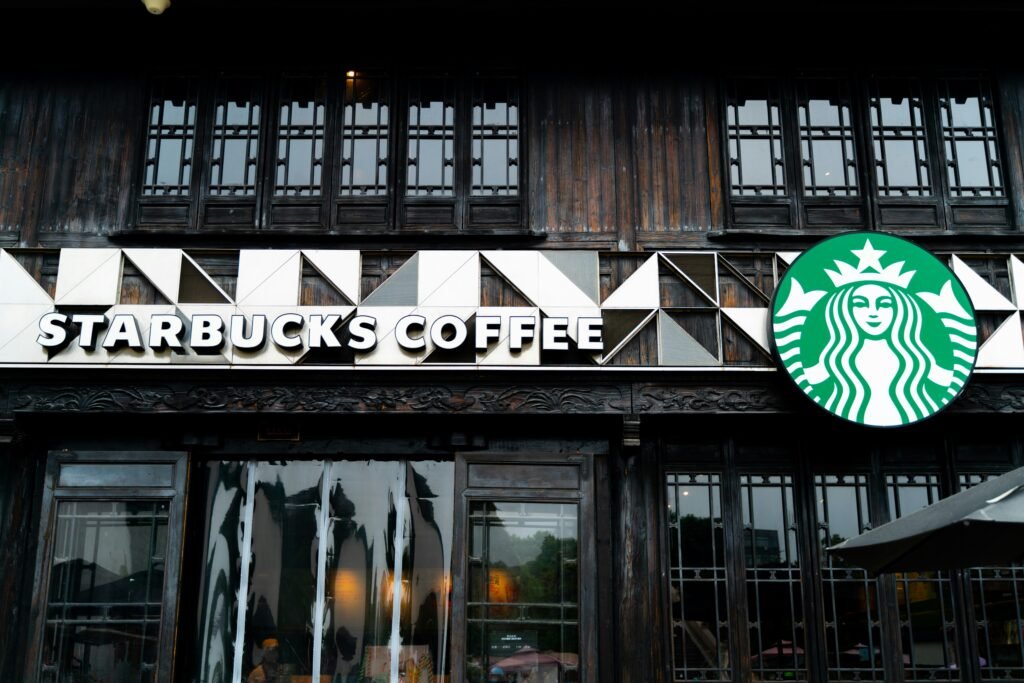The most anticipated summer shopping event of the year recently concluded. Amazon Prime Day 2025, held from July 8th to July 11th, shattered previous records. This four-day event generated an estimated $24.1 billion in online sales. Its monumental success was driven by a blend of aggressive deals, strategic timing, and innovative technology. Notably, AI played a significant role. The event also sparked intense competition. Walmart’s “Deals Week” ran concurrently, driving searches like “Prime Day vs. Walmart deals.” For sellers, understanding the dynamics of Amazon Prime Day 2025 is crucial. This data offers a vital blueprint for preparing for future shopping holidays, especially Black Friday.
Amazon Prime Day 2025: A New Sales Benchmark
Amazon Prime Day 2025 truly set a new standard for online retail. They officially declared it their “biggest Prime Day event ever,” with unprecedented sales volume and savings for members. The extended four-day format, which lasted from July 8th to July 11th, allowed for more sustained engagement. This provided a longer window for shoppers to find deals. Several key categories performed exceptionally well. These included home appliances, various electronics, and back-to-school essentials; the latter saw a significant pre-season boost.
Beyond the impressive headline figures, independent sellers also reported record sales. Many of these businesses are small and medium-sized. Therefore, Prime Day’s success highlights its broad economic impact. This event provides a rich dataset for analyzing current consumer behavior. It also reveals emerging market trends, offering invaluable insights for subsequent major shopping holidays.
AI Powered Deals: The Future of Shopping
A standout feature of Amazon Prime Day 2025 was the profound impact of AI Powered Deals. Amazon heavily integrated generative AI tools into the customer experience. Specifically, “Alexa+” and “Rufus,” Amazon’s AI shopping assistant, provided highly personalized recommendations. They also enabled voice-driven product comparisons and facilitated seamless transactions. Analytics confirm a remarkable surge in traffic from generative AI platforms during the sale. This indicates a fundamental shift in how consumers discover and research products.
This AI integration goes beyond simple efficiency. It aims to optimize the entire customer journey. AI tools reduced friction, making it easier for shoppers to find relevant deals and complete purchases. For sellers, this highlights the growing importance of structured product data. Additionally, AI-friendly listings are becoming essential. Leveraging AI to understand customer intent and personalize offers will be a critical differentiator in future sales events. This trend will extend far beyond Prime Day itself.
The Competitive Landscape: Walmart Deals Week
Amazon Prime Day 2025 did not unfold without significant competition. Major retailers, especially Walmart, launched aggressive counter-sales events. Walmart’s “Deals Week” ran concurrently. It positioned itself as a membership-free alternative to Prime Day, thereby attracting a broad audience. This fierce rivalry drove high search volumes for “Prime Day vs. Walmart deals.” It offered consumers more choices and often deeper discounts across various product categories.
While Amazon maintained its overall dominance, Walmart’s strong showing underscores the evolving competitive landscape. For sellers, this means diversifying strategies. Moreover, understanding the unique value propositions of different platforms is essential. The retail calendar is no longer dominated by isolated events. Instead, it is a series of overlapping, highly competitive shopping periods. Consumers actively compare offers across multiple retailers. This intensified rivalry ultimately benefits consumers, as it pushes retailers to offer more compelling deals.
Leveraging Amazon Prime Day Data for Black Friday Prep
For e-commerce sellers, Amazon Prime Day 2025 offers a powerful resource: a treasure trove of data. This information is invaluable for Black Friday Prep. Analyzing which products sold well, which deals resonated most, and which customer segments were most active provides a clear blueprint for the crucial holiday shopping season.
Consider these actionable insights:
- Popular Categories: Identify the top-performing product categories and sub-categories. Were there any surprises in their performance?
- Pricing Sweet Spots: Analyze the specific discount levels that drove the highest conversion rates. This data helps optimize pricing strategies for Black Friday.
- Promotional Effectiveness: Evaluate the success of different ad campaigns, coupons, and bundled offers.
- Inventory Management: Use sales velocity data from Prime Day to forecast demand more accurately. This can prevent costly stockouts or overstocking during the intense Black Friday period.
Ultimately, understanding these insights from Prime Day enables sellers to refine their inventory, marketing, and pricing strategies for maximum impact. This is vital during the year’s busiest shopping period.
Conclusion: Amazon Prime Day 2025 was more than a record-breaking sale. Indeed, it exemplified the dynamic nature of e-commerce. Its massive sales, the pervasive influence of AI Powered Deals, and the intensified competition with events like Walmart Deals Week all highlight a future where data-driven insights are paramount. Therefore, for sellers, meticulously analyzing these Prime Day results is the ultimate Black Friday Prep. This ensures they are well-equipped to capture future consumer spending effectively.
For more news and updates, please visit PFM Today.













